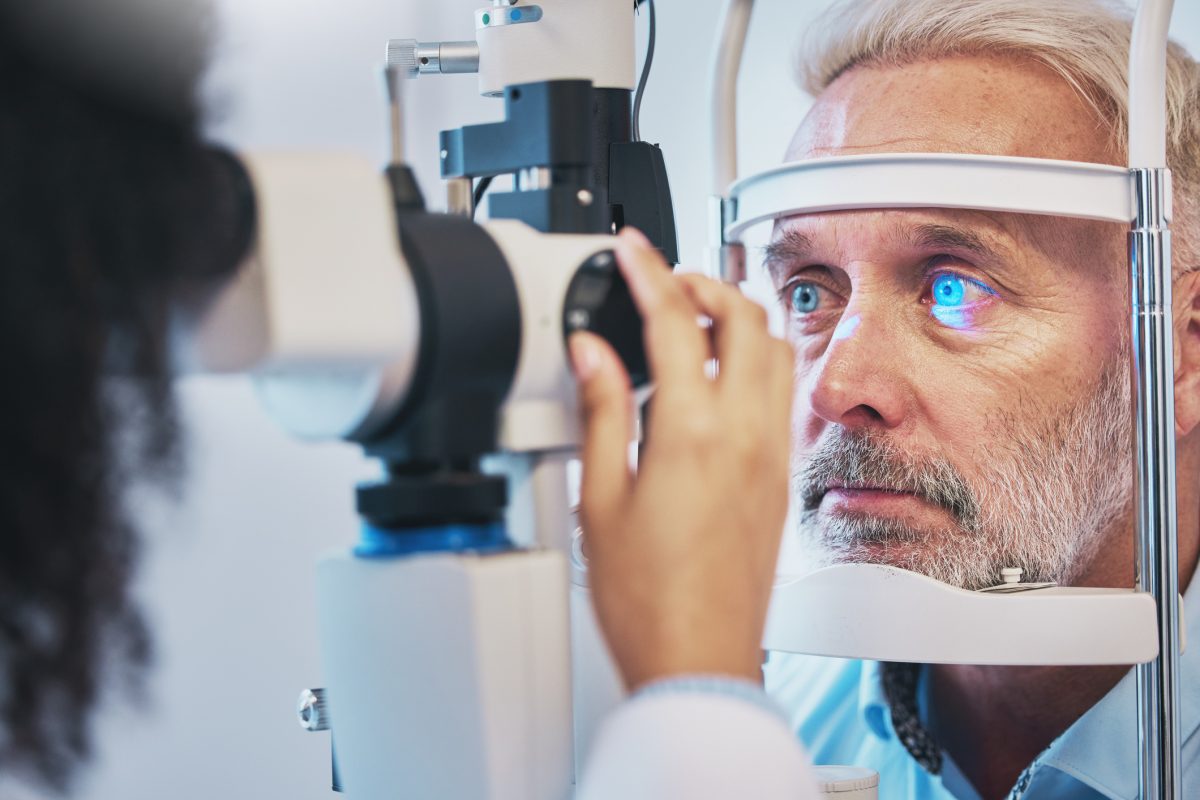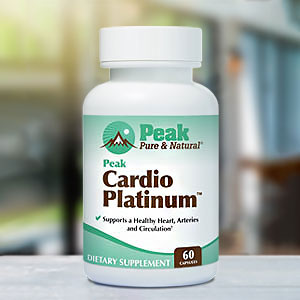Age-related macular degeneration or AMD is the leading cause of vision loss in people over the age of 60 in the United States. And by the time we hit 75, approximately 30% of us will suffer from this condition that steals our eyesight bit by bit.
Fortunately, scientists have been hard at work looking for ways to slow the condition as it progresses through three stages.
After two separate human trials, they hit on a winner… a formulation of supplements that put the brakes on progression from the intermediate stage of the condition to late AMD — considered the vision-threatening stage.
That’s great news, but it left people already in that late stage with little hope for holding onto any of their vision.
Until now, that is…
Dry versus wet AMD
First, I need to clarify the two types of AMD, dry and wet. It’s a classification determined by the late stages of the disease.
In early and intermediate AMD, the light-sensing retina at the back of the eye develops small yellow deposits of fatty proteins called drusen.
As the disease progresses to the late stage, people can develop leaky blood vessels, an indicator of wet AMD. Or they may instead lose regions of light-sensitive cells in the retina, indicative of dry AMD.
Unfortunately, those who develop Wet AMD in the late stage won’t see the benefits the researchers saw for those with dry AMD.
In dry AMD, this loss of cells slowly expands over time spreading toward the middle of the eye, causing people with dry AMD to progressively lose their central vision.
There’s one more phenomenon that sets dry AMD apart — and that’s whether it is considered “foveal sparing.”
While all regions of the retina are sensitive to light, the region that gives us the highest acuity central vision is called the fovea.
Many people with dry AMD first develop geographic atrophy outside this foveal region, and they only lose their central vision when the geographic atrophy regions expand into the foveal area.
So if progression toward the fovea can be brought to a halt, central vision could be maintained.
And that’s where the new research comes in…
Grinding geographic atrophy to a halt in late AMD
In the AREDS and AREDS2 trials, researchers proved that taking a supplement formula containing antioxidants (vitamin C, E, lutein and zeaxanthin), along with zinc and copper, could slow progression from intermediate to late-stage AMD.
However, the trials never accounted for foveal sparing, assuming there was no benefit to taking those supplements in the late stages of the condition.
Thankfully, NIH and National Eye Institute researchers set out to correct the oversight…
While their work showed the supplements had little benefit in people who developed geographic atrophy in their central vision, the same was not true for the majority of people who developed geographic atrophy far from the fovea.
In fact, they found that in foveal-sparing AMD, the supplements slowed the rate of expansion towards the fovea by approximately 55% over an average of three years.
This means that even if you’re in the late stages of dry AMD, these natural supplements could help significantly!
Hold onto your vision
“Our high acuity central vision is essential for tasks like reading and driving. Given that there are few therapeutic options for people with late-stage dry AMD to retain or restore their vision, antioxidant supplementation is a simple step that may slow central vision loss, even for those with late disease,” said Tiarnan Keenan, M.D., Ph.D., of NIH’s National Eye Institute (NEI) and lead author of the study.
Also, consider melatonin. Based on data from 121,523 participants aged 50 or older, people who took melatonin after developing AMD experienced slower degradation than patients who didn’t take it.
That same study found melatonin to be a powerful preventative of AMD — something that even the ARED supplements have not been able to step up to. So, if your peepers are still healthy, melatonin may be the ounce of prevention you’re looking for to hold onto your sight for years to come.
Sources:
Supplements slow disease progression during late stage of “dry” age-related macular degeneration – EurekAlert!
Age-Related Macular Degeneration: Facts & Figures – Bright Focus Foundation
Read full article here




